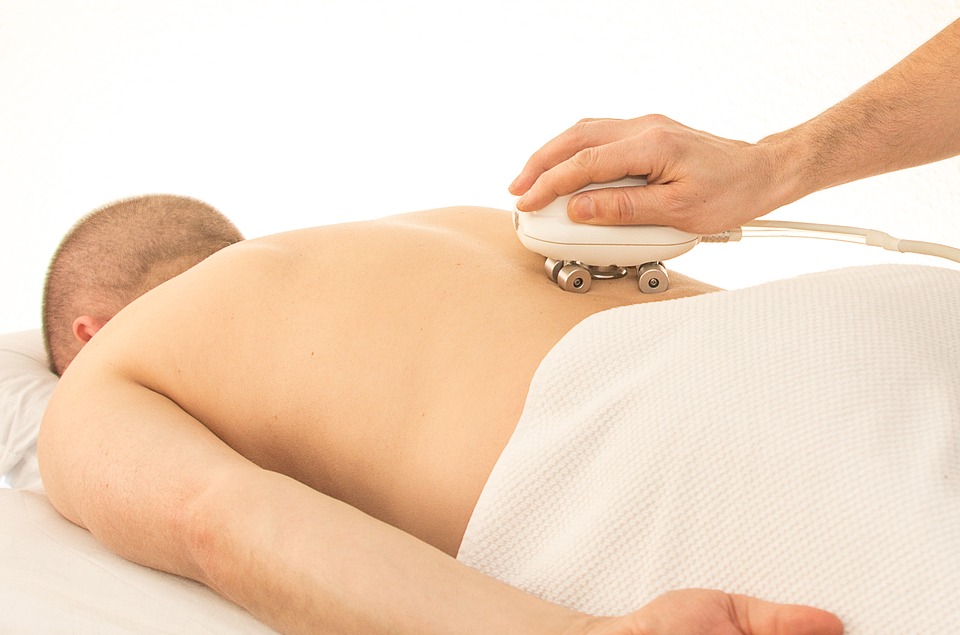Treatment Guidelines For Low Back Pain
At some point in their lives, most people suffer from excruciating back pain and low back pain is a major public health issue, the world over. There has also been a growing concern about low back disability in the West. In India too, the occurrence of low back pain is alarming as nearly 60 per cent of the population have significant back pain at some time or the other in their lives.
A Common Benign Disorder Low back pain (LBP) Is a common pandemic disorder which affects the lumbar spine and is associated with substantial morbidity for about 80 per cent of the general population. Although low back pain is usually a self-limiting and benign disorder that trends to improve spontaneously over time, the aetiology of low back pain is generally unknown and the diagnostic label as, nonspecific low back pain,’ is frequently given when no specific pathologic process or structure can be identified.
The Rising Trends Of LBP
Low back pain resolves within a few weeks. However, about 10 per cent of the patients who develop chronic back pain are not only faced with health challenges, but also contribute to lost productivity due to absenteeism from work. In most industrialized countries, the institutions managing the healthcare system are increasingly concerned by the rising trends in disability and work loss due to low back pain. Back pain is also considered to be a leading cause of disability between the ages of 19 to 45.
Stages Of Low Back Pain (LBP)
Low back pain is defined as the pain or discomfort at the bottom region of the lumbar spine resulting in painful limitation of movement. Physical activities and poor posture may also influence the origin of low back pain. This pain can be acute sub-acute, chronic, and recurrent pain.
Acute LBP can be defined as pain in the low back and/or sciatica of no more than six weeks duration. Sub-acute pain is defined as pain between six and twelve weeks duration. Chronic pain is defined as pain of at least twelve weeks duration.
Risk Factors
- Family history of back pain
- Birth related spine problems
- Back surgery
- Back injury
Lifestyle Routines And LBP
- People who are overweight, especially around the waist are likely to have weaker muscles and less flexibility, which can lead to low back pain as excess weight around the waist puts extra strain on the back.
- Those who smoke regularly are more prone to experience low back pain compared to non-smokers.
- Physical activity that requires lifting heavy objects, bending or twisting or doing a job that requires long hours of sitting can lead to LBP.
- Poor posture like slumping or slouching may contribute in worsening the back pain and the back that has been previously strained or injured.
- Stress and other emotional factors may also play a key role in aggravating chronic low back pain, as people under stress unconsciously tighten their back muscles when stressed.
Management For LBP
- Rest
- Braces
- Oral medication
- Physiotherapy
- Surgery
Management With Physiotherapy
In recent times, physiotherapy is the best solution for treating LBP and there are various techniques and measures for relieving pain. Here are some of the best techniques used to treat low back pain.
Pain Relieving Modalities
- Cryotherapy or icing (initial stage)
- Moist hot pack
- Interferential Therapy (IFT)
- Transcutaneous Electrical Nerve Stimulation (TENS)
- Ultrasound
- Phonophoresis
- Laser
- lontophoresis
Basic Exercises
- Stretching
- Isometric exercise
- Segmental stabilization exercises
- Rhythmic stabilization exercises
McKenzie method
- Advanced Exercises
- Swiss ball exercises
- Avotherapy
- Core fitness on the floor and with fitness equipment
- Pilates exercises
Exercises To Avoid
- Toe touches
- Sit-ups
- Leg lifts
- Abdominal crunches
- Barback squats
- Burpees
- High knee jumps
- Spinal twist
- Double leg lift
Acute low back pain (LBP) can be defined as pain in the low back and/or sciatica of no more than six weeks duration
Precautions
- Don’t put your wallet in your back pocket
- Change your posture regularly
- Sleep well
- Balance your body weight
- Lift properly
Latest Advanced Physiotherapy Techniques
- Taping
- Kinesiology Taping (KT)
- Dry needling
- Mobilization
- Manipulation
- Chiropractic
- Instrument assisted soft tissue mobilization
- Cupping therapy
Health Tip
Those who have disc-related complaints, irrespective of whether the pain is stabilized or not, should continue with their respective workouts and exercises regularly, to strengthen the back.
